Adding carbon dioxide (CO2) to your aquarium is important for increasing the growth of plants and removing algae. It can also help to stabilize pH levels and reduce the amount of dissolved oxygen in the water.
However, many might wonder how much CO2 will be enough for their planted aquariums. Knowing the dilemma, National Park Aquarium will discuss the benefits of adding CO2 to your aquarium and show you the easy ways to provide sufficient CO2.
So let’s get started!
Why is CO2 Important in an Aquatic Plant Tank?
CO2 is considered the most crucial factor in aquatic plant tanks. It is essential for the respiration and growth of all aquatic plant species, utilized in a process called photosynthesis. Plants need to be supplied with CO2 continuously during light hours, or they might be adversely affected. They combine CO2 with water and light energy to produce oxygen and sugar to support their growth.
How much CO2 is safe for an Aquarium?
If the CO2 concentration is too high, it can hinder the respiration process of fish or harm other invertebrates, so it’s safe to keep it below 30 ppm. Levels above 30-35 ppm are toxic for most aquarium life. Moreover, dissolved CO2 becomes carbonic acid in water, causing the pH level in our tank to decrease. As a result, you can expect a range of consequences for the plants and fish in your aquarium.
How to add CO2 to Your Aquarium
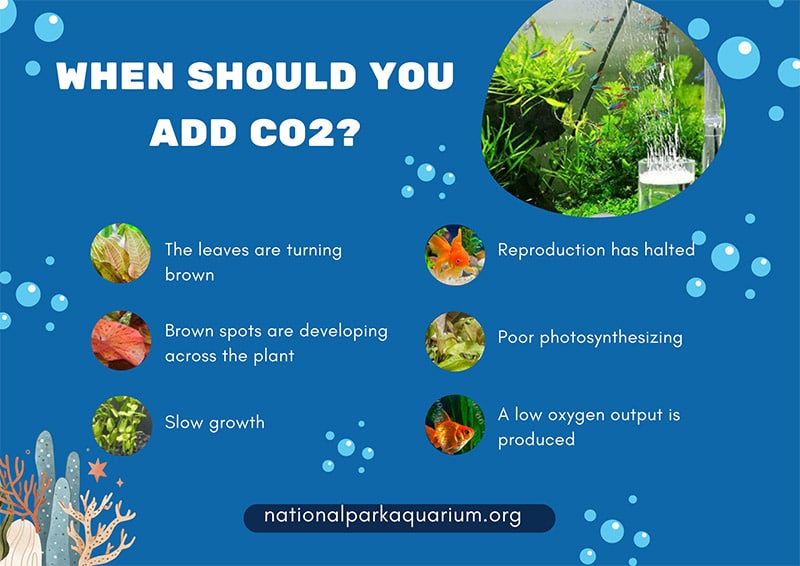
Method 1: Using a DIY CO2 System
There are many ways to add CO2 to your aquarium, but one of the most popular methods is using a do-it-yourself (DIY) CO2 system. This method is straightforward to set up, as it can be done with just a few supplies that you probably already have around your house.
The best part about this method is that it is very cheap and only requires little maintenance.
- A plastic bottle with a screw-on cap
- An airline adapter
- CO2 Diffuser
- An airline tubing
- Baking soda
- Sugar
- Warm waters
- Cups
- Yeast
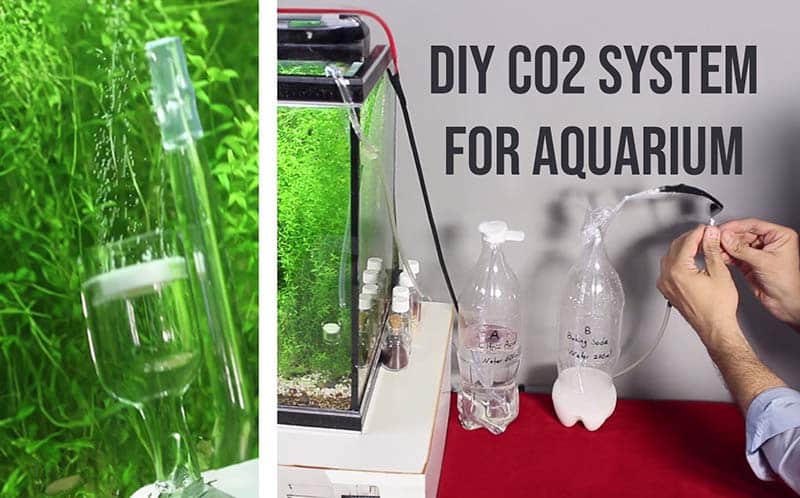
Step 1: Clean and sterilize all of your supplies
This preparation stage is very important because you do not want to introduce any harmful bacteria into your aquarium.
Make sure to rinse the bottle and the rest of the supplies carefully.
Step 2: Connect the airline
You will now have to connect one side of the airline to the bottle cap and the other side to the diffuser.
Step 3: Make the mixture
Bring out the clean and dry plastic bottle, and carefully pour all the prepared supplies to make your mixture:
- 6-7 tablespoons of sugar
- 1 teaspoon of baking soda
- 2 – 2.5 teaspoons of yeast
- Two cups of warm water
Now, shake the bottle to mix everything up.
Step 4: Place the system
The only thing left is putting the bottle beside your aquarium. Then, lead the airline tubing inside the aquarium so that the diffuser will be placed near the bottom.
Method 2: Using a Commercial CO2 System
Suppose you want to add a lot of carbon dioxide to your aquarium. In that case, you may want to consider using a commercial CO2 system.
With instructions, these systems are straightforward to set up and use. You can purchase them at stores where they sell aquarium supplies.
Such a product is reliable and provides a consistent level of carbon dioxide.
- A commercial CO2 system
- An aquarium air stone
- An airline tubing
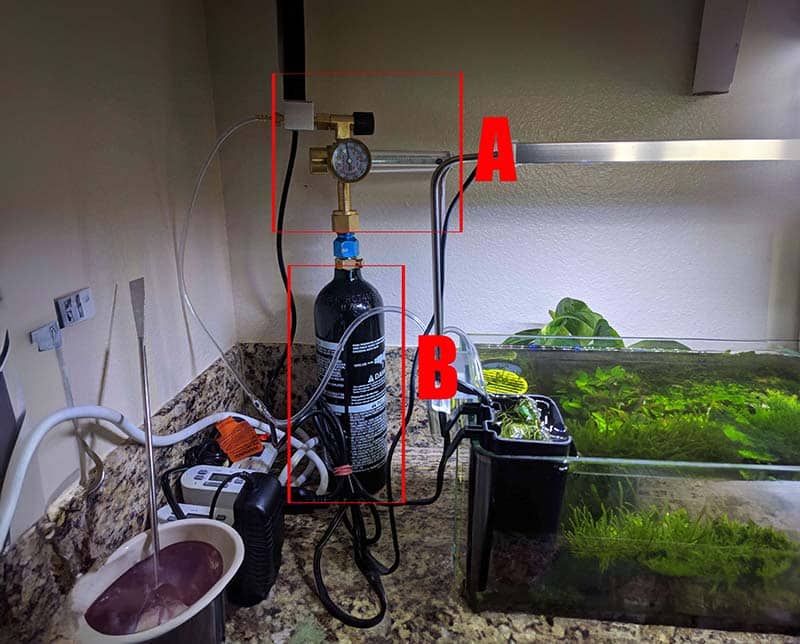
Instructions
- Set up your commercial CO2 system according to the manufacturer’s instructions.
- Attach an air stone to the output of the CO2 system using airline tubing.
- Place the air stone in your aquarium and turn on the CO2 system.
- Check the carbon dioxide levels in the water regularly and adjust the flow rate as needed.
Method 3: Adding Liquid CO2 to Your Aquarium
Another way to add carbon dioxide to your aquarium is by adding liquid CO2 directly to the water. The recommended amount of liquid CO2 for every 10 gallons of water is <1 ml daily.
Make sure to check the CO2 level and evaluate its effect every week or two to ensure the amount applied is not too much for your aquarium.
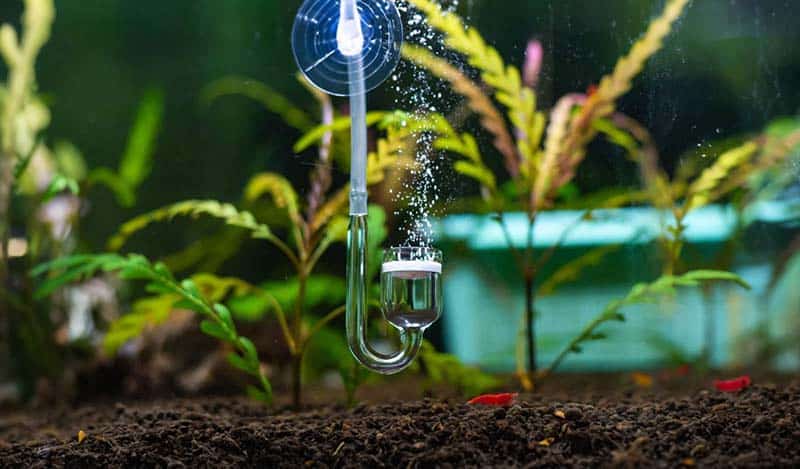
Method 4: Using Pressurized CO2
One more method to add a stable amount of CO2 into your planted tank is using pressurized CO2. Here’s what you need to prepare for this tutorial:
- A pressurized CO2 tank
- A regulator with a gauge and knob for adjusting the pressure
- A diffuser
- A bubble counter to connect to the filter tubing to monitor the bubbles
- A solenoid
- A drop checker
- An air tubing
- A spanner
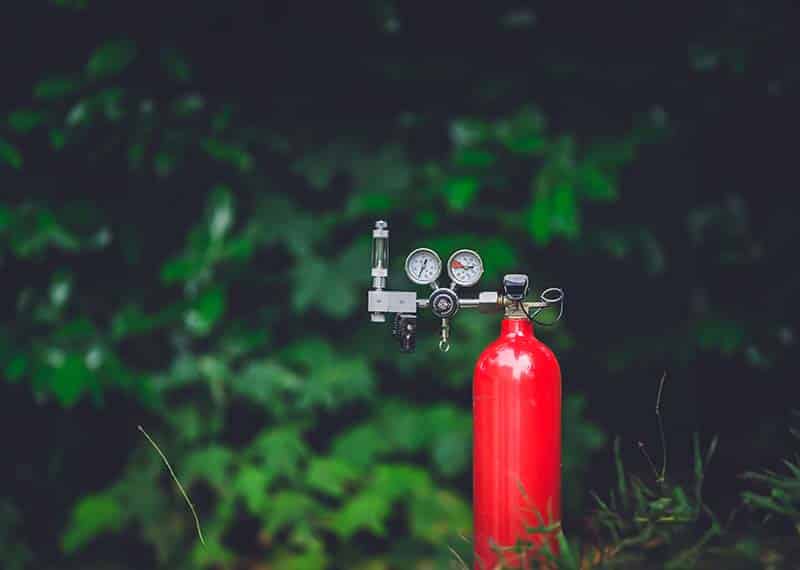
Step 1: Connect the supplies
There are many items in the list, so it might confuse you a little when trying to connect them all. You can follow this order to make it easy:
- Install the solenoid valve onto your regulator
- Use the spanner to tighten the regulator, then connect the regulator to the CO2 tank
- Connect the tubing, one side with the bubble and the other side with the diffuser
- Then, put the diffuser near the bottom of the planted tank
Step 2: Open the regulator valve
Next, you will find the needle valve on your regulator; try to open it slightly.
This step is for protecting the solenoid when the main bottle valve is opened.
Step 3: Release pressurized CO2
To release the CO2, switch the main bottle valve, and check the gauge at the same time.
You should turn the needle valve slowly and check the bubble counter to ensure the rate is moderate. It is ideal to see that there are one or two bubbles released every second.
Step 4: Monitor and turn it off when necessary
As the set-up is completed, you can now relax and pay attention to the drop checker one hour after the CO2 is released into the aquarium.
It will indicate the level of CO2 and pH through color code. In detail, the yellow shows a high level of CO2 and a low level of pH. Meanwhile, blue indicates a high level of pH and a low level of CO2.
Then, you can adjust accordingly.
How to add CO2 to aquarium naturally
There are a few different ways to add CO2 to your aquarium naturally. One way is to add plants that produce CO2:
Plants that Produce CO2
One way to naturally add CO2 to your aquarium is to add plants that produce CO2. Some suggestions for you include:
- Anacharis
- Java Fern
- Cabomba
- Hornwort
- Water Sprite
- Dwarf Sagittaria
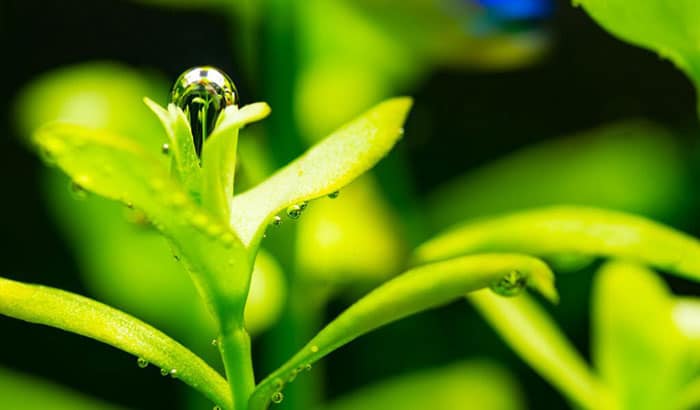
Adding one or more of these plants to your aquarium will help raise the levels of CO2 in the water. This is because the plants will release CO2 as they photosynthesize.
Yeast culture to add CO2 to your aquarium naturally
Another way to add CO2 to your aquarium naturally is to add a yeast culture. A yeast culture is a mixture of water, sugar, and yeast that produces CO2. To make a yeast culture, you will need:
- 1 cup (240 ml) of warm water
- 1 tablespoon (15 ml) of sugar
- 1 packet of active dry yeast
Mix the ingredients in a glass jar and cover the jar with a coffee filter or piece of cheesecloth.
Place the yeast culture in your aquarium and wait for it to start producing CO2.
The CO2 produced by the yeast culture will help raise the levels of CO2 in your aquarium water.
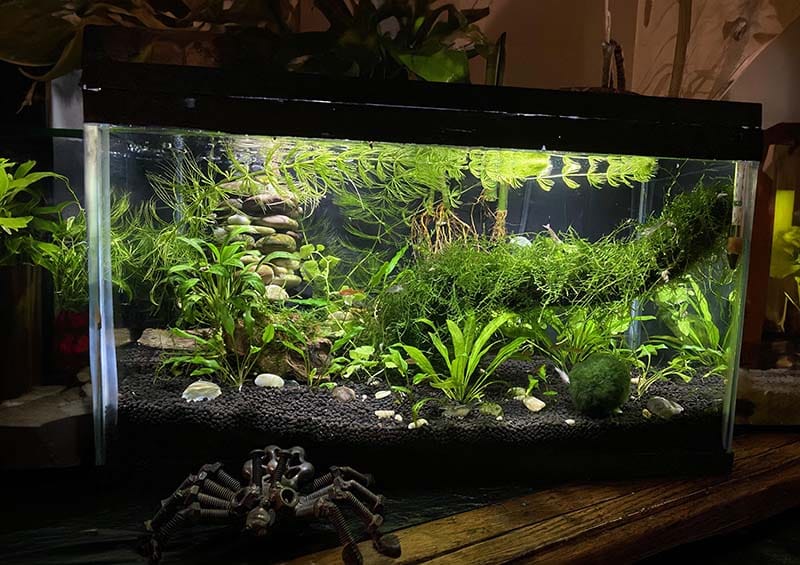
Adding Fish to make CO2 to Aquarium
Adding fish to your aquarium can also help add CO2 to the water. Some types of fish that produce a lot of CO2 are:
- Tetras
- Barbs
- Gouramis
- Angelfish
- Discus
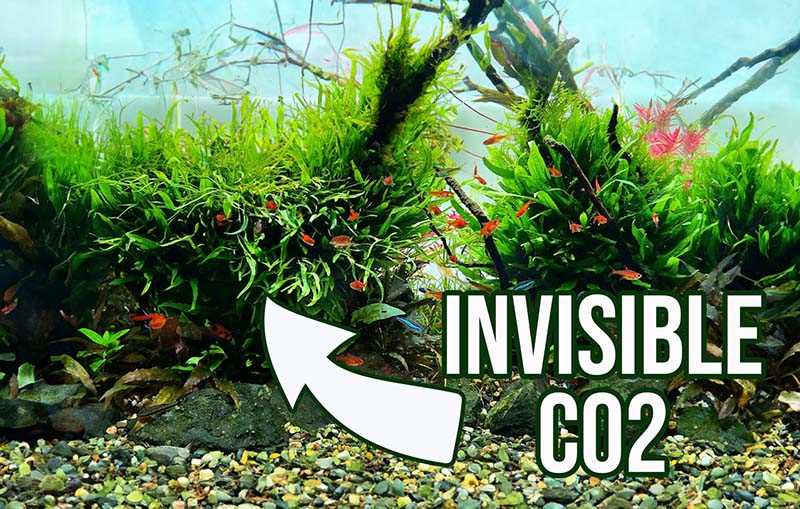
If you want to add fish to your aquarium to raise the levels of CO2, make sure that you do not add too many fish at once.
This is because adding too many fish at once can cause an ammonia spike, which can be harmful to your fish.
Source: McMerwe
Conclusion
The article on National Park Aquarium explains how to add co2 to aquarium.
When it comes to adding CO2 to your aquarium, you can use a few different methods. Which one you choose will depend on your budget and how much work you want to do. No matter which way you choose, make sure you follow the instructions carefully, so you don’t harm your fish or plants.
Have you added CO2 to your aquarium? What method did you use? Share with us the comment section below.




